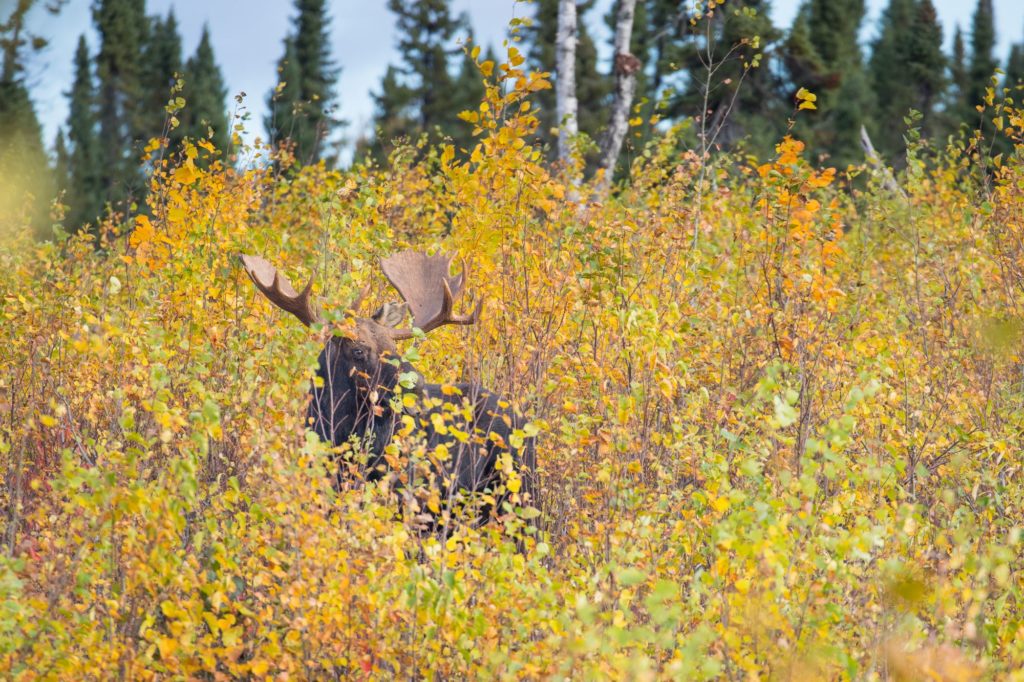BLOOMINGTON—After a thorough review of the best available scientific and commercial information, the U.S. Fish and Wildlife Service has determined that the U.S. population of the northwestern subspecies of moose is not a distinct population segment (DPS) and does not warrant listing under the Endangered Species Act (ESA). The subspecies is currently found in Minnesota, North Dakota and Isle Royale National Park in Michigan.
The agency received a petition from Honor the Earth and the Center for Biological Diversity to list the subspecies as a DPS and protect it under the ESA in 2015. In 2016, the Service published a finding indicating that the petition warranted further review.
The Service considered many factors in this listing determination including reproductive behavior, moose harvest regulations, habitat management and the moose’s conservation status in the U.S. and Canada.
After a comprehensive analysis, the Service determined that the northwestern subspecies of moose is stable and there is no information indicating a physical, physiological, ecological or behavioral difference between the U.S. and Canadian populations. Therefore, the agency determined that the subspecies is not a DPS and does not warrant ESA protection.
“Moose are the largest members of the deer family and play an integral role in human and environmental health,” said Lori Nordstrom, assistant regional director for ecological services in the Service’s Great Lakes Region. “The Service remains committed to conserving moose, and other native species, for generations to come.”
Currently, there are four subspecies of moose in North America. Moose were likely extirpated from the upper and lower peninsulas of Michigan and the State of Wisconsin. Recent reintroductions in Michigan were of the eastern subspecies, which likely spread into Wisconsin. The northwestern subspecies of moose historically occurred in Michigan, Minnesota, North Dakota and Wisconsin.
To read the Service’s finding on the northwestern moose, visit: fws.gov/midwest.

